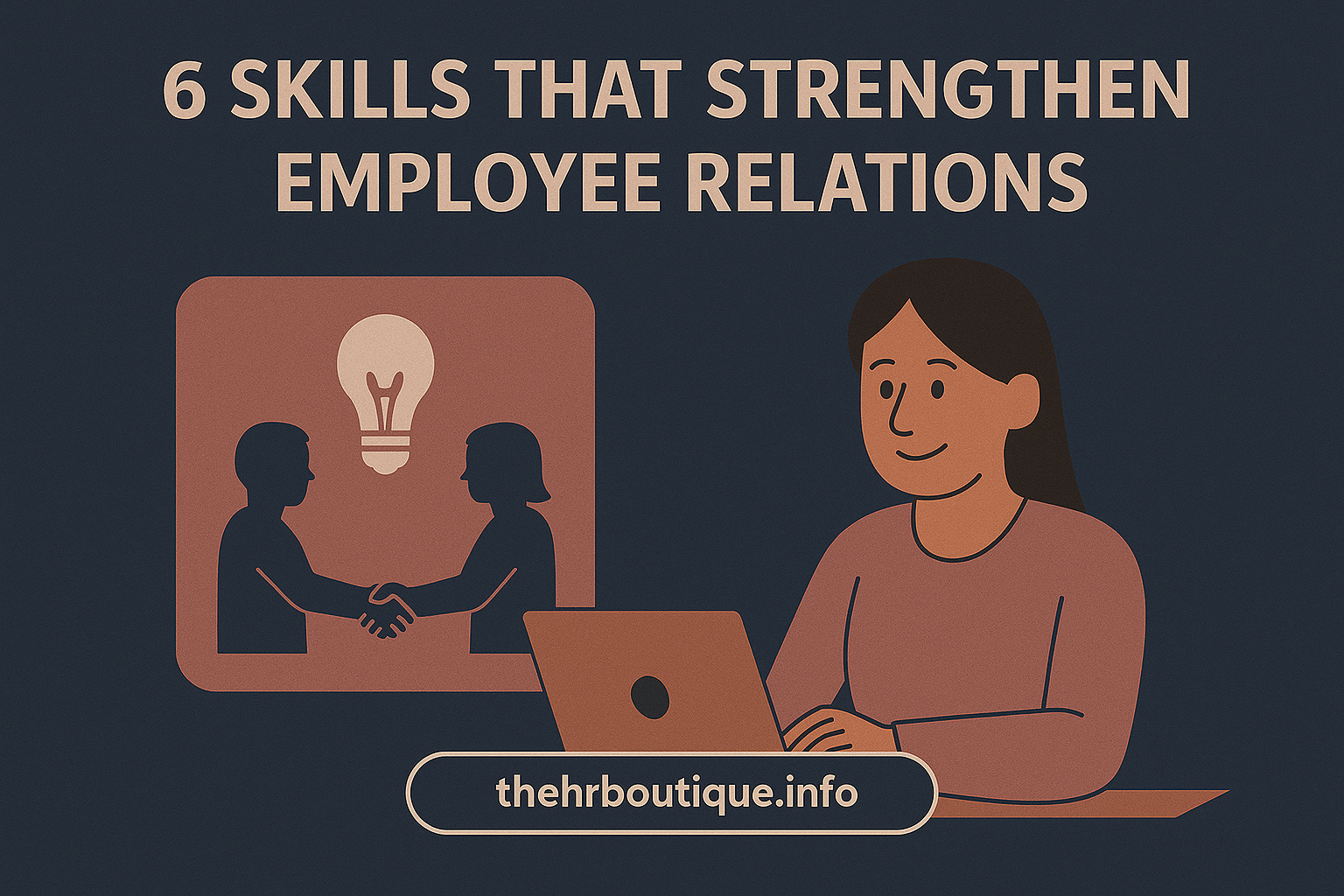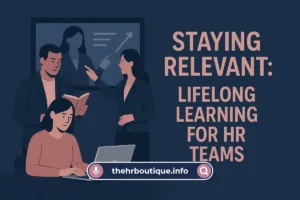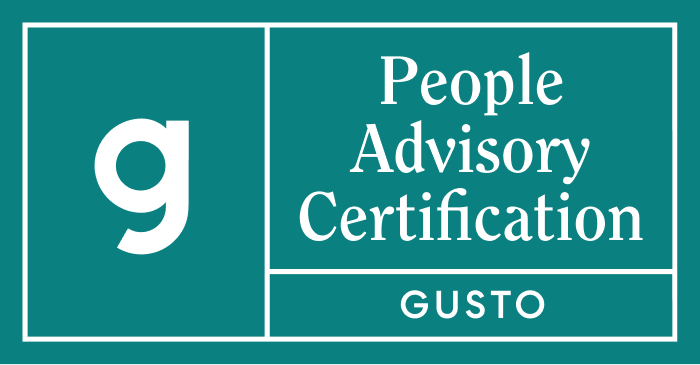How many times have you explained something, only to find the result wasn’t what you meant at all? If you feel like you’re repeating yourself and still getting missed deadlines, confused looks, or Slack DMs asking, “Did you mean this?” you’re at the right place.
Most communication problems start with vague asks, missing follow-ups, and unwritten team rules. This not only wastes time. It can lead to a loss of trust that can happen quickly if the instructions are unclear or feedback conversations get tense.
What if you could break the cycle today and see results with just six practical communication skills? You don’t need a masterclass or a stack of theory books. You need field-tested scripts and habits that work in hybrid and remote teams, where every message counts and every misstep is expensive.
Ready to stop miscommunication dead? Let’s get to the six skills that will change how your team works together starting now.
1. Set Clear Expectations and “Definition of Done”
What if every task your team received was crystal clear. No more “What exactly do you want?” or endless clarifying questions. That happens when you set clear expectations.
The secret? Start every task with a verb and a subject, then add what “done” really looks like. For example, don’t say, “Update the report.” Say, “Send me the Q3 revenue report with a summary and two action steps by Thursday, ready for client review.”
When your team knows the finish line, they run faster and with less stress. This skill isn’t about charisma. It’s about removing guesswork and letting people focus on results instead of decoding messages.
Try adding a quick “definition of done” template to every task. You’ll see fewer re-dos, less back-and-forth, and more confidence from every team member.
2. Master Active Listening and Teach-Back
Ever nod along in a meeting and realize later you missed half the details? It happens to everyone, but it’s fixable.
Active listening isn’t just about silence. It’s about showing you’re engaged, summarizing what you heard, and asking clarifying questions. Here’s a bonus move: Communicate your task back. After someone gives you a task or feedback, say, “Here’s what I understand, and here’s what I’ll do next.” This closes the loop and prevents costly mistakes.
In virtual settings, active listening is even more powerful. With fewer visual cues, repeating back key points and confirming next steps stops a loop of miscommunication before they start.
Use short check-ins at the end of every conversation: “To confirm, I’ll deliver X by Friday and update you in Slack.” You’ll build trust and prove your team’s listening without needing to hover.
3. Create Channel and Response-Time Norms
If your team uses Slack, Teams, email, and maybe even WhatsApp, things can become confusing. Nobody knows which channel is for what, or when to expect a response. This skill is about creating clear, shared agreements.
Spell out which tool handles urgent issues, where project updates go, and how quickly people should reply. For example: “Slack for urgent internal needs, email for client-facing messages, and 24-hour response windows for all tasks.”
When everyone agrees to the same norms, anxiety drops and nothing slips through the cracks. You won’t get ghosted in DMs or chase after missing updates.
Put these agreements somewhere everyone can find—like the top of your Slack channel or a pinned doc. Simple rules here can prevent dozens of communication headaches down the road.
4. Give and Receive Feedback with Confidence
Feedback shouldn’t make anyone nervous, but it often does. Most tension comes from unclear language or skipped context.
A simple feedback script for each conversation can help:
For Feedback conversations: State the situation, explain the impact, and make a direct request. For praise conversation: “You delivered the report two days early, which helped us hit our deadline. Please keep using that workflow.” For redirection: “The meeting notes were late, so the team couldn’t prepare. Next time, send them the same day.”
This structure separates facts from emotions and turns feedback into a tool for improvement, not drama. Role-play tough talks if you need to.
A clear and consistent feedback builds trust and keeps everyone improving, even when the conversation is hard.
5. Document Decisions and Acknowledge Receipts
Remote and hybrid teams often suffer from the “who saw what?” problem. You can fix this by making documentation a habit.
After every meeting or key decision, write down what was agreed, who owns what, and the timeline. Share it where the team can see—project boards, shared docs, or Slack threads work well.
Go a step further and ask people to acknowledge they’ve read it with a simple reply or emoji. This avoids misunderstandings, repeats, and finger-pointing later.
Good documentation becomes your “source of truth,” ending the debate about what was said or who was responsible. Make it lightweight and routine. Suddenly, communication gets clearer and employee relations get stronger.
6. Use Tone, Empathy, and Quick Repairs
A single message can spark stress or smooth things over. That’s why tone and empathy are real skills—not soft ones.
Avoid sending “hey” messages without context. Instead, start every DM with your intent, like, “Quick question about the budget—can you chat for five minutes?” This lowers anxiety and sets the stage for productive conversations.
If you find something wrong, don’t ignore it. Find way to fix it quickly with a clarifying message or a quick call. These small moves show your team that you value their feelings as well as their output.
Things to Consider When Building Communication Skills in Teams
Great communication is never an accident. It’s the result of intentional habits, clear agreements, and a willingness to fix things when they go sideways.
Before you roll out any new communication habits or tools, consider the following steps:
- Write down your team’s key norms who uses which tools, how fast people respond, what meetings are for, and where decisions get logged.
- Invite feedback and review what’s working or needs tweaking every quarter.
- Encourage everyone to clarify tasks with the “definition of done” mindset.
- Build a culture where feedback, clarification, and quick repairs are normal, not awkward.
- Keep every policy, script, and norm accessible so nobody’s left guessing.
With these foundations, your team gets more done, faces fewer fires, and enjoys work a lot more.
Conclusion
Miscommunication is costly, but preventable. Six skills that include, clear expectations, active listening, channel norms, feedback habits, visible documentation, and empathetic tone will transform how your team works together.
Skip the theory. Start using these habits, templates, and scripts today. The payoff? More trust, less stress, and a team that executes predictably. Even when the unexpected hits. When communication is strong, everything else gets easier. If you want professional HR services for improving your employee relations, contact us today.





